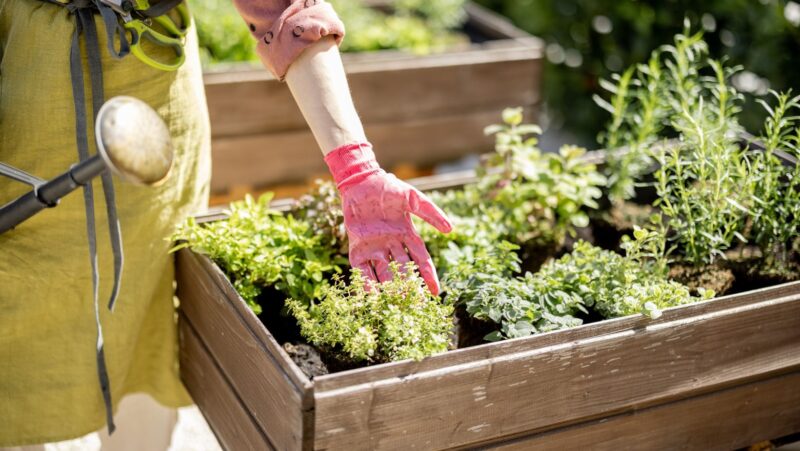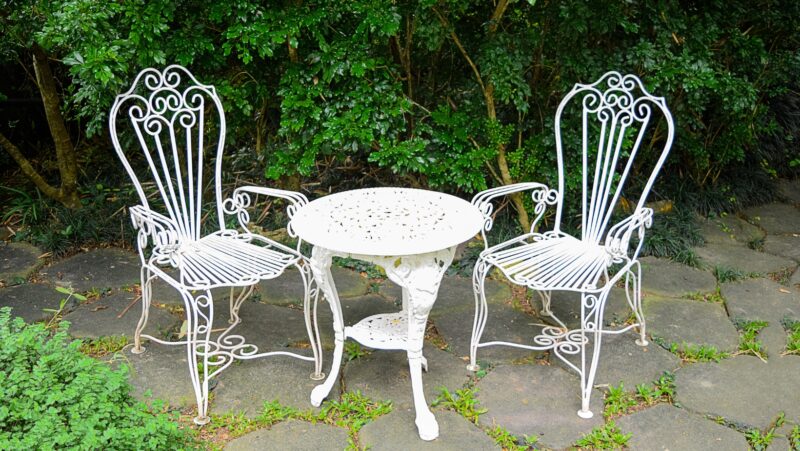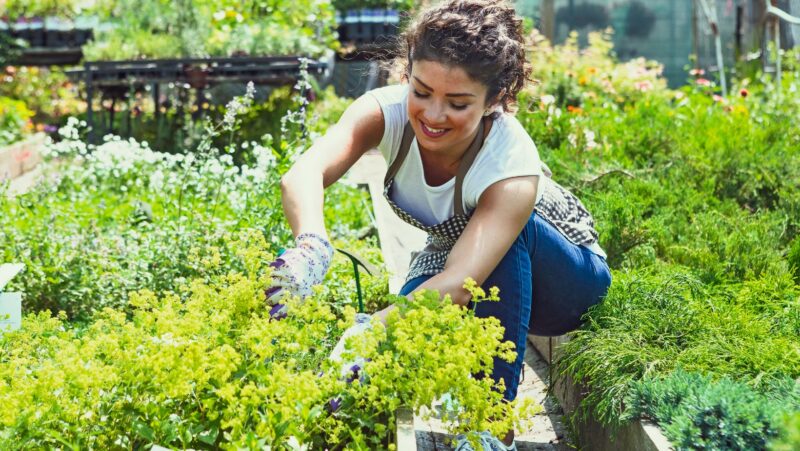
Looking for a way to give your garden an extra touch of nature? Look no further than Monsteras! These plants have an extra special feature that comes in the form of aerial roots, giving your garden a unique and interesting look.
In this blog, we’ll explore how you can use Monstera’s aerial roots to create a one-of-a-kind backyard paradise.
How to root Monstera
Monstera are an incredibly popular plant species, as they add majestic greenery to any interior space. It’s striking foliage is also very easy to maintain with minimal effort, as its graceful aerial roots can collect moisture and sunlight even in the lowest light locations. However, if you are looking to explore the many different ways Monstera can grow, it may be beneficial to consider rooting it too.
Rooting Monstera is a relatively simple process that anyone can attempt at home. To begin, locate healthy stem cuttings with aerial roots on them and place the cutting in a jar filled with water. Leave the jar of water overnight to allow all the nutrient-rich air bubbles to release from the fresh cutting before planting into soil. If a darker root tone is your desired aesthetic opt for adding some fertilizer or liquid plant food into your rooting jar before planting.
Once ready to plant pot your Monstera stem in soil and apply a thin layer of mulch or dry fertilizer around it for additional nutrition that will encourage faster growth rate when rooting monstera plants from cuttings and transplanting into larger containers or gardens. Make sure that the soil has good drainage though; otherwise this could hinder development or cause root rot in newly rooted plants over time due to stagnant water causing disease or fungus growth on other nearby plants. Additionally, consider placing these newly potted pieces in humid areas with indirect sunlight so they are able get enough warmth while being free from direct rays which often burn delicate foliage quickly.
What are monstera aerial roots and what do they do for the plant?
Monstera is an evergreen climbing vine and member of the aroid family. It gets its name from the large cutouts in its leaves resembling a monster’s face. These plants are known for their unique aerial roots that may look intimidating, but they actually provide important support and protection. So if you’re wanting to add a touch of nature to your garden— consider adding a Monstera plant with its striking aerial roots!
Aerial roots are basically root-like stems that anchor the plant to whatever it’s climbing on using adventitious roots as they grow along structures such as trees, rocks, or walls. They’re designed to cover significant distances while still providing support, at times growing up to 30ft long!
Aerial Roots provide several functions for Monstera – in some species these roots develop into extra climbing surfaces for the plant but primarily these roots are used to aid in moisture collection- bracing the joints of each stem so that the heavily foliated ovate shaped leaves can stretch out and create large gaps for air flow in humid or wet conditions. These aerial roots also take up water from the atmosphere and transport it directly into other parts of the plant that require hydration. Thus, this feature wraps up two essential purposes:
-
- Providing extra transport possibilities
-
- Creating additional surface area to increase water absorption with damp climates in mind so that both oxygen and moisture can reach all extremities of your flourishing Monstera.
For these reasons, Monstera plants make great additions to tropical themed gardens or those encountered with high humidity levels due to their impressive aerial root system which offers increased stability during those climates without increasing soil demand – accentuating rainforest inspired landscapes!
Why do aerial roots sometimes grow too large or cause problems for the plant’s health or appearance?
Aerial roots are an important part of a Monstera plant’s growth cycle and health. Aerial roots help it absorb water and nutrients from the air or soil, providing stability, and take in oxygen. If these aerial roots grow too large or are allowed to hang too long they can become a problem for the health of the plant as well as its overall appearance.
The Monstera plant is an evergreen often found growing in tropical climates such as jungles or swamps. It is adapted to living in such damp, shady areas due to its climbing strategy called “hemiepiphytism” which allows for the plant to use it’s aerial root system as anchoring points on rocks and trees. This can be problematic when it’s trying to climb through more open spaces with fewer places for these structures to catch onto. In result of this rapid expansion, aerial roots often have difficulty surviving harsher environments that lack sufficient shade protection from the sun.
In addition, if aerials roots aren’t periodically trimmed back or allowed adequate sunlight they may not receive the nutrients they need to continue healthy development or reach full bloom size; this can lead to weakened roads or branches which could leave your plants vulnerable over time. Moreover larger aerial root systems can overwhelm the aesthetic presentation of a garden by taking away valuable space from other flowers and plants while making your Monstera look untidy in comparison – all at once creating concerning dynamics both functionally and visually effected by overgrowth of fixed anchorings points.
Consequently Aerial Roots should be routinely monitored so one can maintain awareness of potential hazards associated with them; doing such will help ensure that these incredible parts of your plants anatomy never cause any harm for your precious foliage!
How can you deal with monstera aerial roots that are causing problems in your garden or home plant collection?
Using Monstera plants to add a touch of nature to your garden can be an amazing way to inject personality into any given space. Monstera Deliciosa plant is a climbing vine, whose unique aerial roots help it create an eye-catching design and structure in images, decorations, and other foliage spaces. It’s also a popular houseplant choice as its leaf-like shape and color variation are one of a kind.
When it comes to managing monstera aerial roots you will want to make sure that these extended features are contained or redirected away from the main area where you have access to them. This is important since the roots tend to grow rampantly if left unchecked – leading to damage or disruption during times when it may not fit in with what you have planned out for your garden or living space.
To manage this particular aspect of the Monstera’s dynamic structure begin by ensuring that your containment vessel is properly sized for its function so root formation does not cause any disruption outside of it or begins tangling up excess extensions. This can help limit issues when cleaning and adjusting any spaces near it as well as reducing potential breaks in important decor elements nearby when handling them without care.
Then make sure that you pre-establish the ideal conditions that your plant requires before planting so root growth remains at its most manageable levels while enabling easy retrieval when they’re needed. These include adequate sunlight exposure, nutrient composition, soil PH balance, moisture content, local temperature levels among others particular elements devised by various vendors on platforms such as Amazon or other specific stores near you; making sure personal preferences are observed so the chosen selection is suitable for long term usage.
Finally take regular check ups of the extended features tied with your main monstera vine; allowing budding roots access (to replicate climbing behavior) without jeopardizing further aspects; arching back used ones towards their original container’s entrance after they’ve been exposed in appropriate places keeping them at bay while established ones can remain intact until they’re required elsewhere avoiding damages through improper maintenance efforts towards heavier areas where disturbing unsuitable rooted growth may occur when handled clumsily while reshaping certain portions of your garden or living space incorporating different natural elements such as those related with Monsteras!












